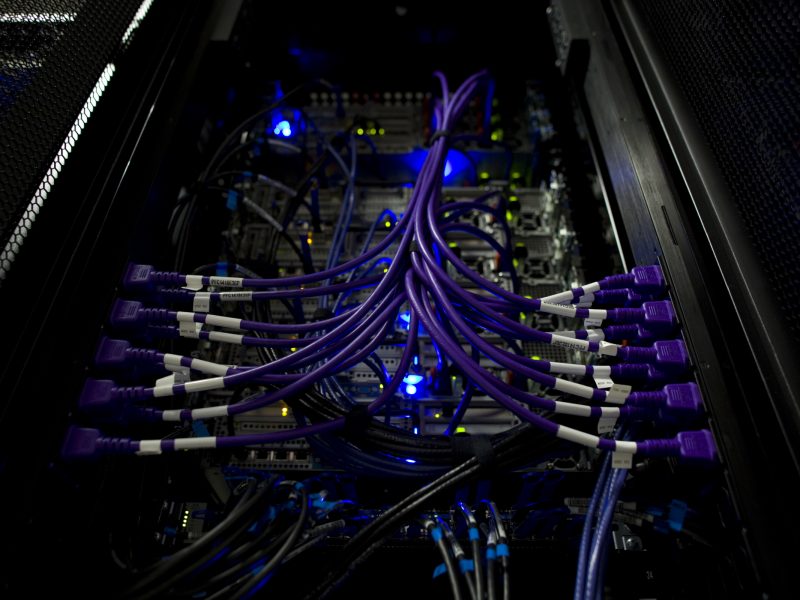Physically Unclonable Function (PUF) with Dissolvable Conductive Paths
Description
This technology relates to physically unclonable functions (PUFs) based on attributes of resistive random access memory (ReRAM) cells. The generation of fingerprints, also called challenge-response pairs (CRPs) of PUFs, can often stress the components and leave behind traces that can be exploited by crypto-analysts. With this technology, a non-intrusive method is used to generate CRPs based on ReRAMs which does not disturb the memory cells. By injecting an extremely small electric current in each cell, the resistance abruptly drops by several orders of magnitude through the formation of a conductive path between the two electrodes. The conductive paths dissolve as soon as the current injection stops, and the cells return to their initial state. A repeated injection of currents into the same cell results in an almost identical effect in resistance drop. However, due to the physical variations that occur during manufacturing, the cells are significantly different from each other. In turn, a group of cells can be used for PUF authentication. The PUF authentications are less susceptible to crypto-analysis because the gentle ultra-low currents injected during CRP generation do not physically impact the electrical properties of the cells and are hard to detect.
Additional information
Patent number and inventor
16/493,263
Bertrand Cambou, Raul Chipana Quispe, and Bilal Habib.
Potential applications
This technology is designed for use with cryptographic systems and authentication methods.
Benefits and advantages
This technology solves a problem wherein the energy required to generate CRPs from resistive random access memory (ReRAM) is too high and can disturb the cells. The generation CRPs can also stress electronic components, leaving behind traces that can be exploited by crypto-analysts. Conventional PUF technologies are often exposed to side-channel analysis. Also, conventional PUF technology may occupy a large circuit footprint, which increases cost. Their size may allow modern crypto-analysts to easily analyze the PUF structure. In contrast, due to the small size of individual ReRAM cells, the ReRAM-based PUF technology is difficult to crypto-analyze. ReRAM-based PUFs having CRPs are not detectable by crypto-analytic techniques, because of the ultra-low currents injected during CRP generation. The capability to produce ultra-low power ReRAM-based PUFs could be adopted as an industry standard by semiconductor corporations.
Case number and licensing status
2017-030
This invention is available for licensing.
